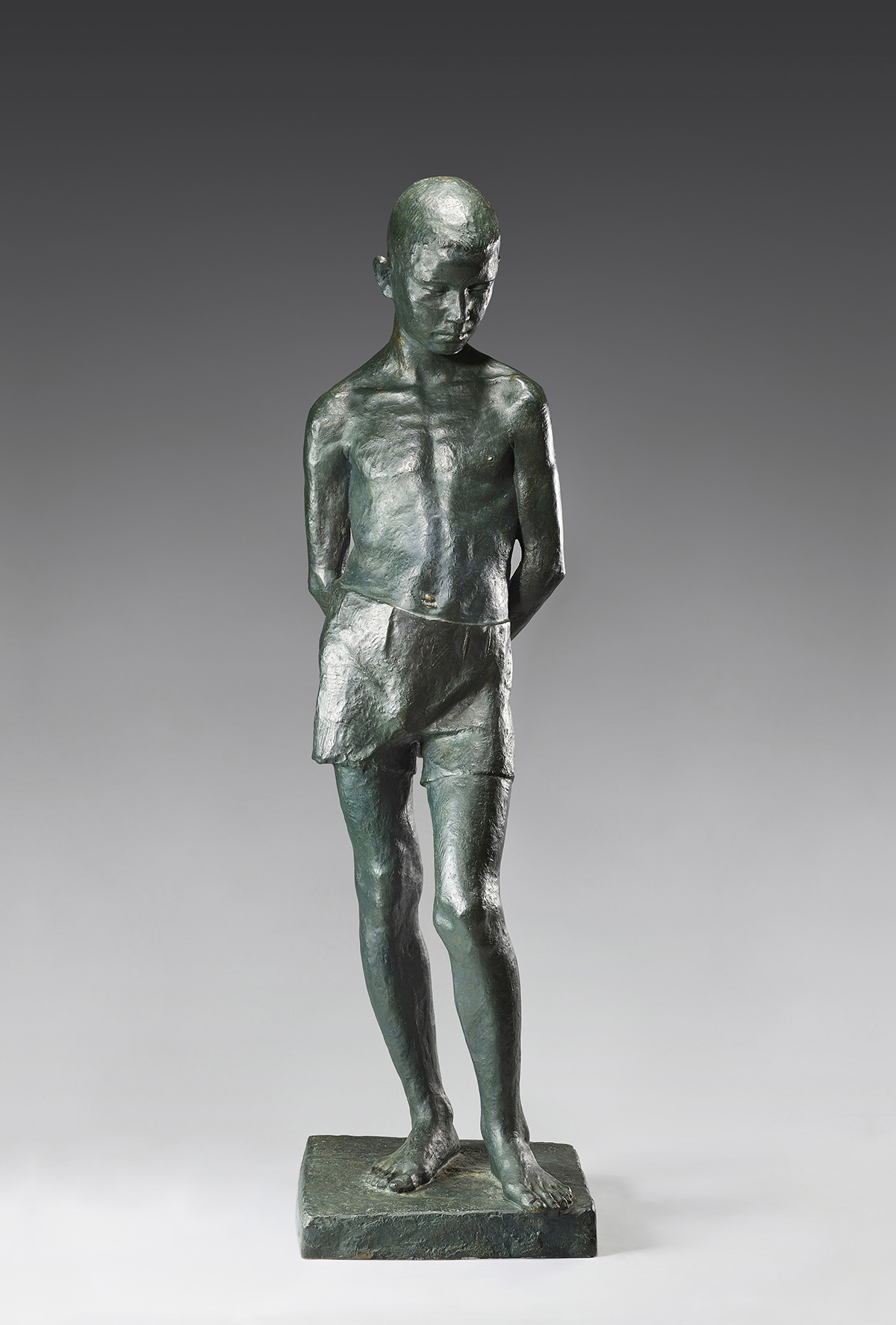
Kim Kyongseung, Standing Boy, 1943(cast 1971), Color on bronze, 149×38×41cm. MMCA collection
Kim Kyongseung
* Source: Multilingual Glossary of Korean Art by Korea Arts Management Service
Related
-
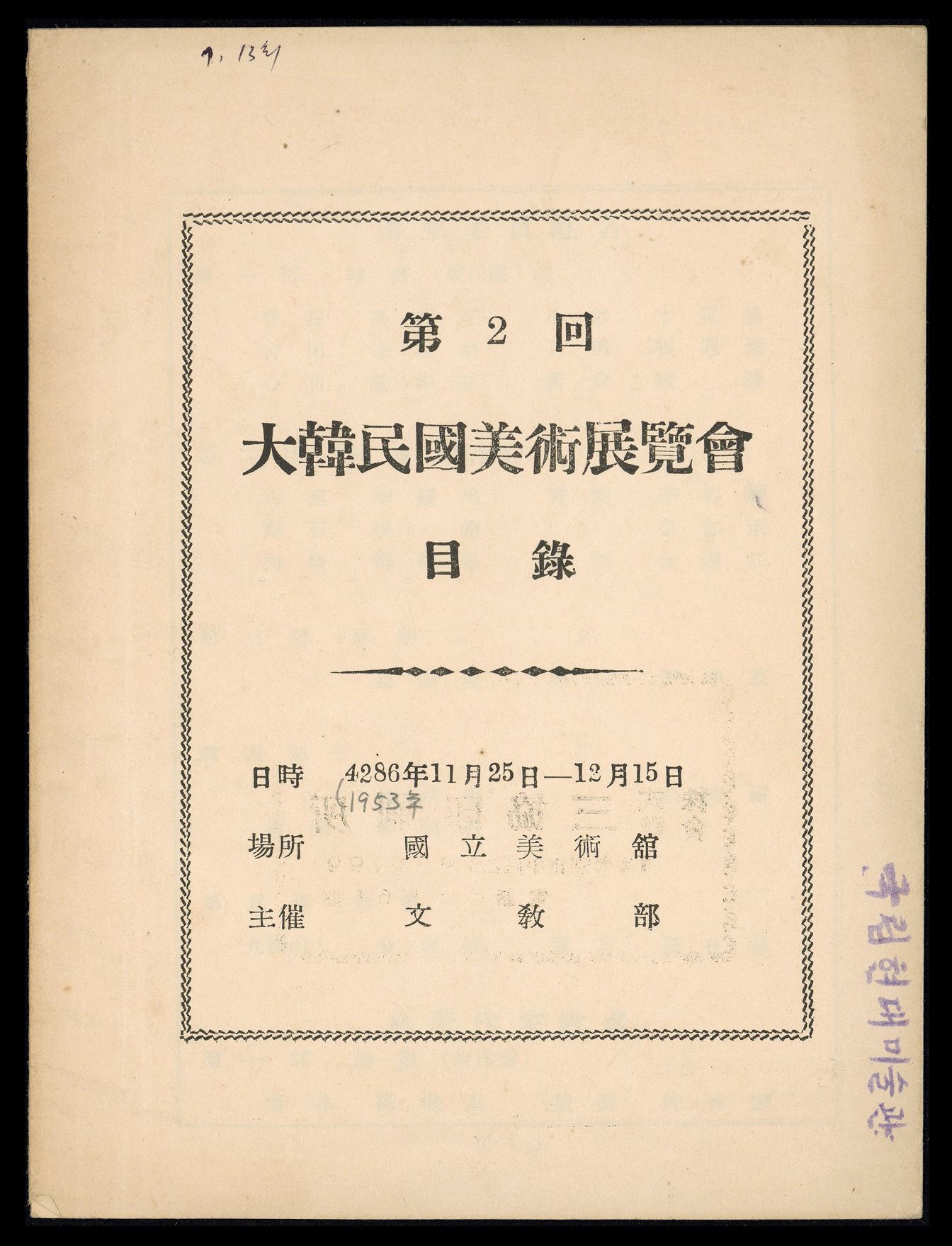
National Art Exhibition
A government-hosted exhibition held 30 times from 1949 to 1981, also known by the shorter name Gukjeon. Following national independence, the exhibition was the primary means for young and emergent Korean artists to achieve recognition. The influence of the exhibition declined as a result of the emergence of non-figurative art during the 1970s, the increased opportunities for artists to participate in overseas exhibitions, and the rise of private exhibitions and galleries.
-
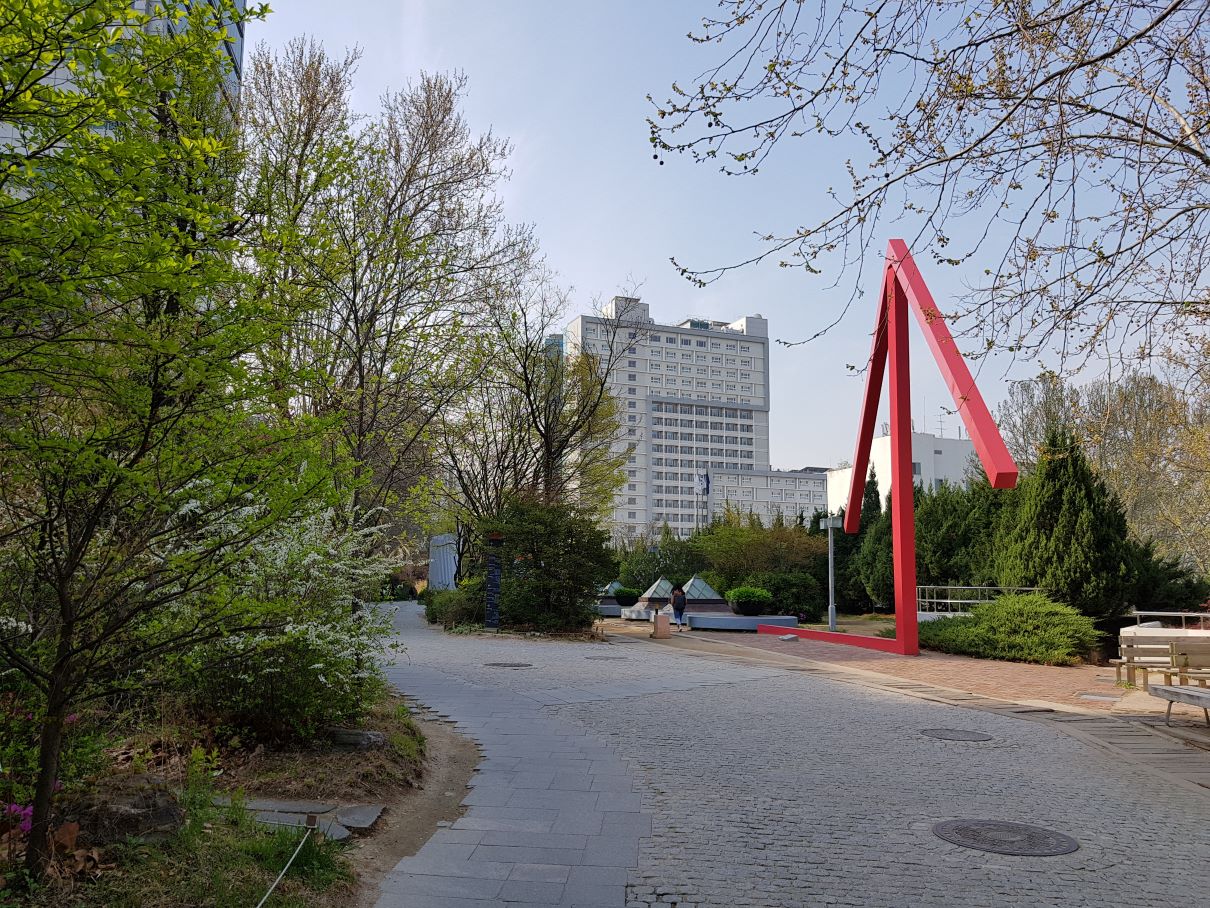
Department of Art at Hongik University
Established in 1949, the Department of Art at Hongik University consists of one art theory department and eleven practice-based departments, including painting, Oriental painting, printmaking, sculpture, woodworking and furniture design, metal art and design, ceramics and glass, textile art and fashion design, visual communication design, and industrial design. In 1955, it moved from Jongro-gu, Seoul to the current location in Sangsu-dong, Mapo-gu, Seoul. The history of the College of Fine Arts can be largely divided into the period of the Department of Fine Arts from 1949 through 1953, the period of the School of Fine Arts from 1954 through 1971, and the period of the College of Fine Arts from 1972 until now. In March 1953, the Department of Fine Arts produced the first six graduates, and in the following year the School of Fine Arts with three departments was established. In December 1971, it was upgraded to a college, which exists up to the present. Several exhibitions organized by its graduates are notable, including the Four Artists Exhibition held in 1956 as the first anti-National Art Exhibition (Daehanminguk misul jeollamhoe or Gukjeon) by the third and fourth classes of graduates and the Union Exhibition of Korean Young Artists held in 1967 by graduates from the 1960s as an effort to realize experimental art.
-
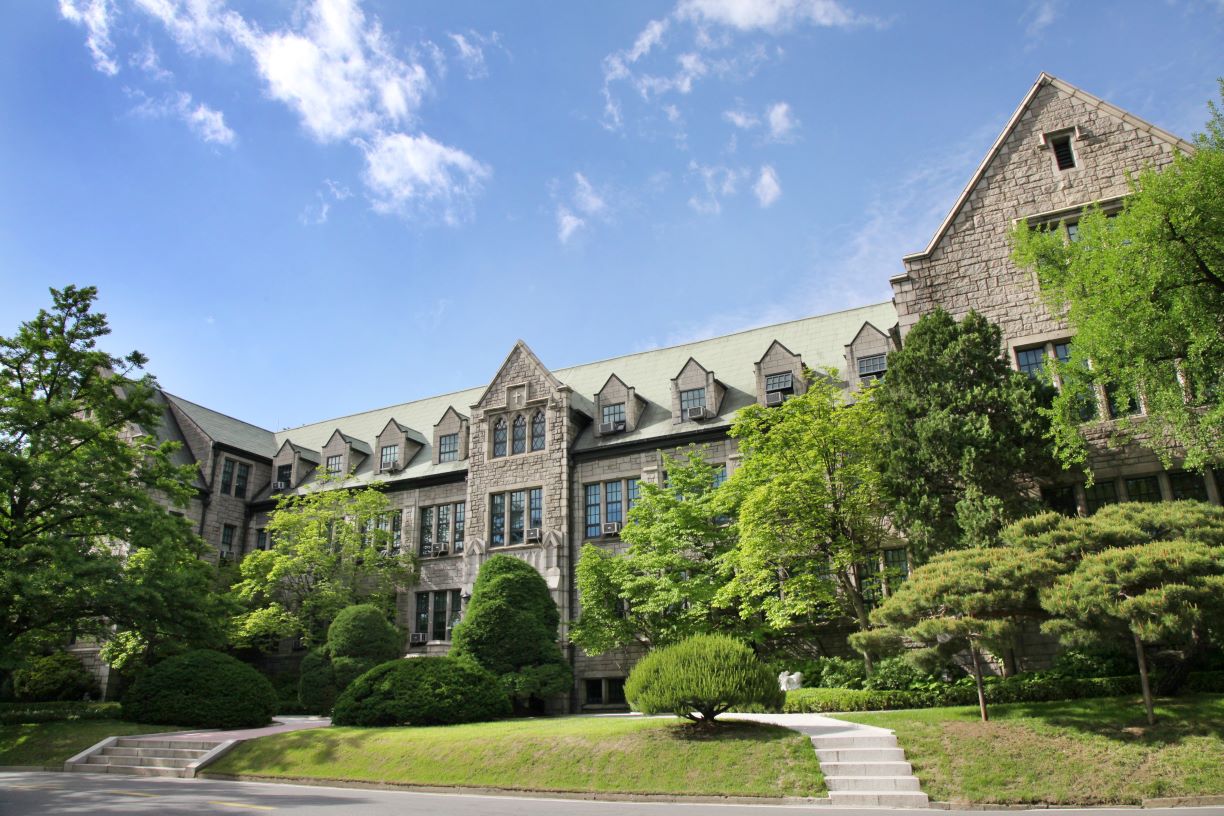
Ewha Womans University
Ewha Womans University is a private university located in Daehyeon-dong, Seodaemun-gu, Seoul. Its parent institution was the College courses at Ewha Hakdang (Ewha Girl’s School), Korea’s first women’s school that the American missionary Mary Scranton founded in Jeong-dong, Jung-gu, Seoul. During the Japanese colonial era, it became Ewha College that functioned as a relief vocational school. In 1945, it was accredited as Korea’s first university. In 1946, it was renamed the Ewha Womans University. The College of Art and Design at Ewha Womans University was the first four-year university institution specializing in fine arts in South Korea. In October 1945, the Ewha Womans University had Hallimwon, Yerimwon, and Haengnimwon. Yerimwon was like an art college with a fine arts department and a music department. In 1946, the art department in Yerimwon was reorganized into the School of Fine Arts, and in September 1947 four major departments of Eastern-style painting, Western-style painting, embroidery, and design were established in the School of Fine Arts at Yerimwon. In October 1949, the graduation exhibition Nongmihoe of the first class was held at Daewon Gallery through the sponsorship of the Kyunghyang Shinmun newspaper company. In December 1951, the Department of Fine Arts in the College of Art came to be equipped with eight majors of Eastern painting, Western painting, sculpture, embroidery, design, photography, interior design, and dyeing. The Department of Fine Arts was installed in the graduate school as well. In 1967, the Department of Painting was divided into Eastern painting and Western painting departments, and the Department of Decorative Art was newly established. The school system, reformed in March 1998. It consists of three faculties and nine majors: School of Fine Arts (Korean painting, painting · printmaking, and sculpture), School of Design (environmental design, visual communication design, industrial design, and fashion design), and School of Crafts (textile art and ceramic art). Currently, the College of Art and Design consists of the Fine Art Division, Design Division, and Fiber/Fashion Division.
Find More
-
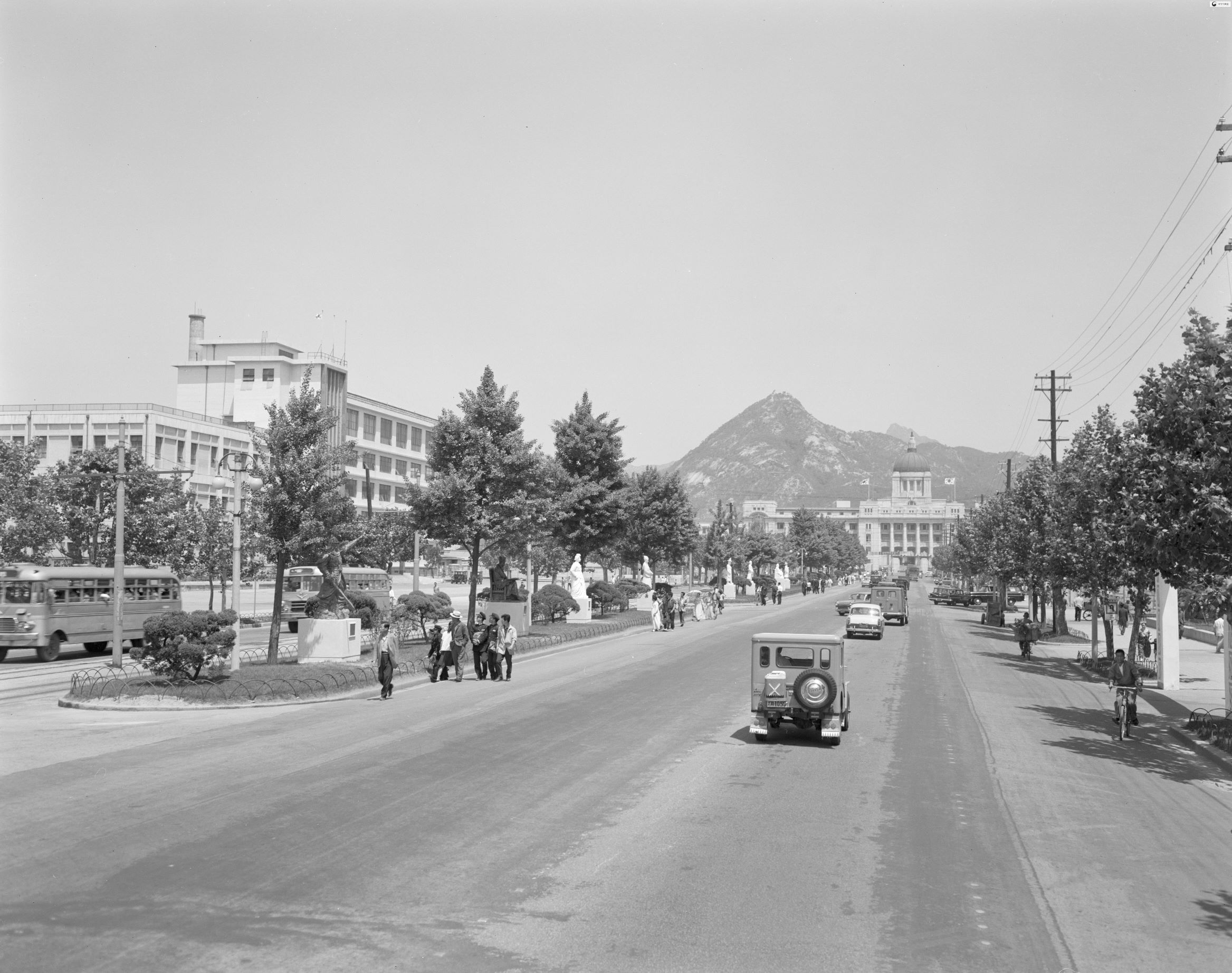
Committee for the Construction of Statues of Patriotic Ancestors
An organization that spearheaded the erection of 15 bronze statues in Seoul, Suwon, and Daejeon from 1968 to 1972. The statues of Yi Sun-sin (by Kim Se-choong), Sejong the Great (by Kim Kyongseung), and Samyeongdaesa (by Song Youngsu) created in 1968 and constitute their representative works. The organization was formed at a time when numerous memorials and statues were constructed to legitimize the May 16 Coup and inspire anti-communist sentiment. Lee Han-sang, the president of Pung Jeon Company and winner of the May 16 People’s Award in 1968, donated his prize money to the Seoul Sinmunsa Newspaper Press for the repair of 37 plaster statues that were erected between the Capitol building and Namdaemun. The demolition of the statues as result of urban renovation led to the creation of a committee to create new statues. The Committee for the Construction of Statues of Patriotic Ancestors became active on August 15, 1966 by installing an executive office at the Seoul Sinmunsa Newspaper Press. In the regulation, the goal of the project was “to celebrate exemplary and patriotic spirits by constructing statues of unforgettable national heroes and patriotic martyrs in our history.” The committee consisted of a commissioner, vice-commissioner, standing members, and assistant administrators. It consisted of five divisions with a chairperson and 25 members. The first commissioner was Kim Jong-Pil, the chair of the Republican party, followed by Jang Tae-hwa in 1969, and Shin Beom-sik in 1972.
-
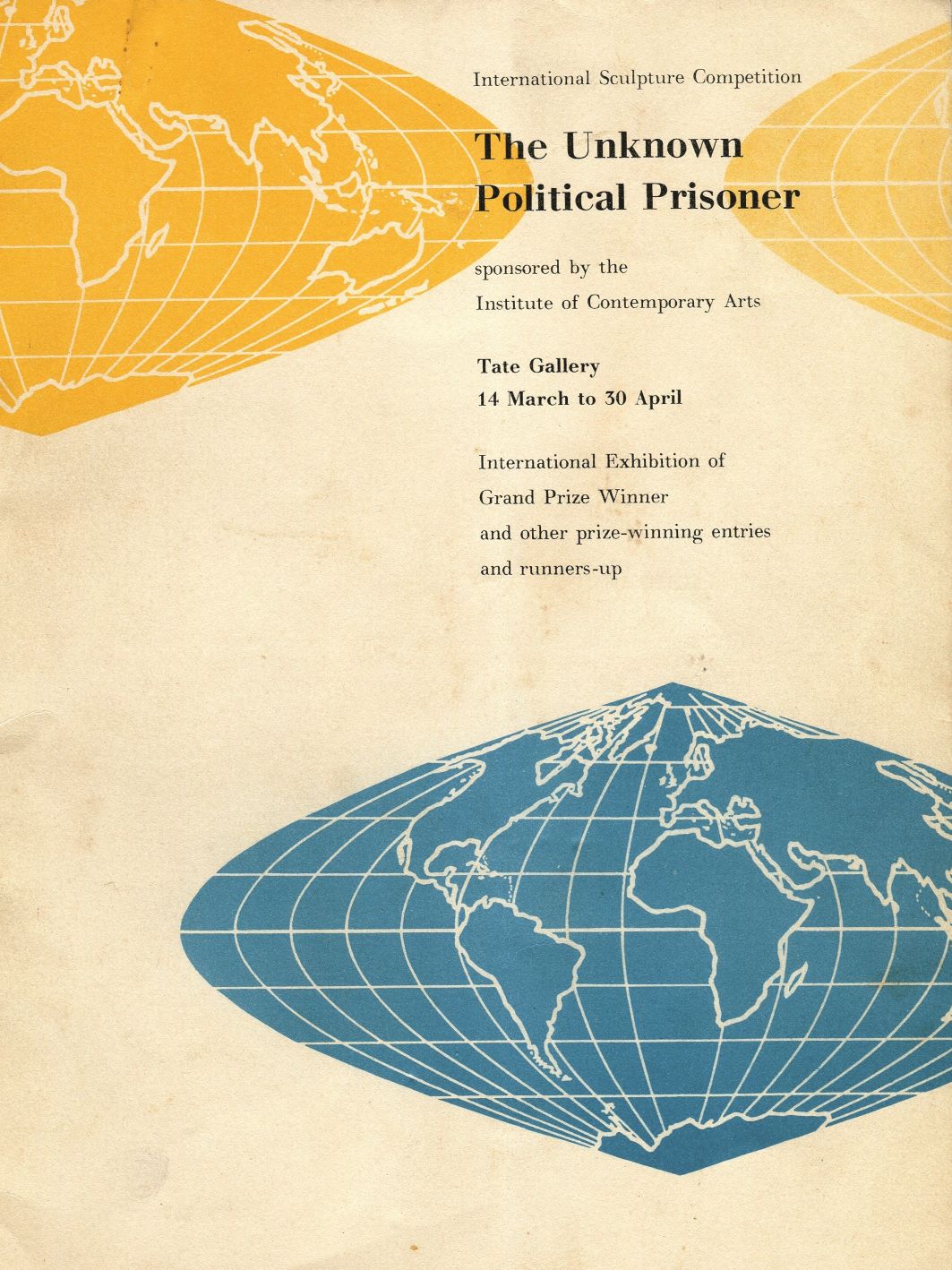
International Sculpture Competition
The International Sculpture Competition was an exhibition curated by Anthony J. T. Kloman and held at the Tate Gallery from March 14 to April 30 in 1953. In 1952, the Institute of Contemporary Arts in London organized an international sculpture competition on the theme of The Unknown Political Prisoner to erect a monument in a public space to honor all those who gave their lives for freedom or lost their freedom without being named during the Second World War. 3,500 sculptors from thirty-five countries entered the competition. Maquettes were selected through a first round of judging and sent to the Tate Gallery. The Tate Gallery then gathered them and presented them at an exhibition, while the Institute of Contemporary Arts formed a team of judges and conducted the main competition. Eighty runners-up were selected and awarded a £25 prize. Eight excellent works out of the eighty were awarded £250. Four out of the remaining eight were selected and awarded a £750 prize. Finally, a grand prize winner was selected from these four and awarded £3,500. Reg Butler from the U.K. won the grand prize for his abstract and symbolic welded sculpture. The total prize money awarded was £4,525. The judging criteria included the sculpture's form and symbolism, as well as the sculptor's professionalism. Since the location of the sculpture was not decided at the time of the competition, the spatiality of the work was not considered. The maquette of the grand prize winner Reg Butler was planned to be revised, enlarged to 400 feet in size, and erected in the Dover Strait or West Berlin, but this plan was not realized. Thus, it was evaluated as a political product of the Cold War. From Korea, Kim Chongyung, Kim Kyongseung, Yun Hyojoong, and Kim Sechoong are known to have entered the competition. Among them, Kim Chongyung’s maquette passed the first round of judging and was sent to London and exhibited at the International Sculpture Competition. The exhibition catalogue includes photographs of the major winners, a list of 146 participating artists, and their prize money. Kim Chongyung is recorded as number 133 on the list of the participating artists, but there is no prize money, suggesting that his work was not selected among the runners-up. The maquettes that have been submitted, such as Standing Woman by Kim Chongyung and Monument for the Unknown Political Prisoner by Yun Hyojoong, currently exist only as images.






